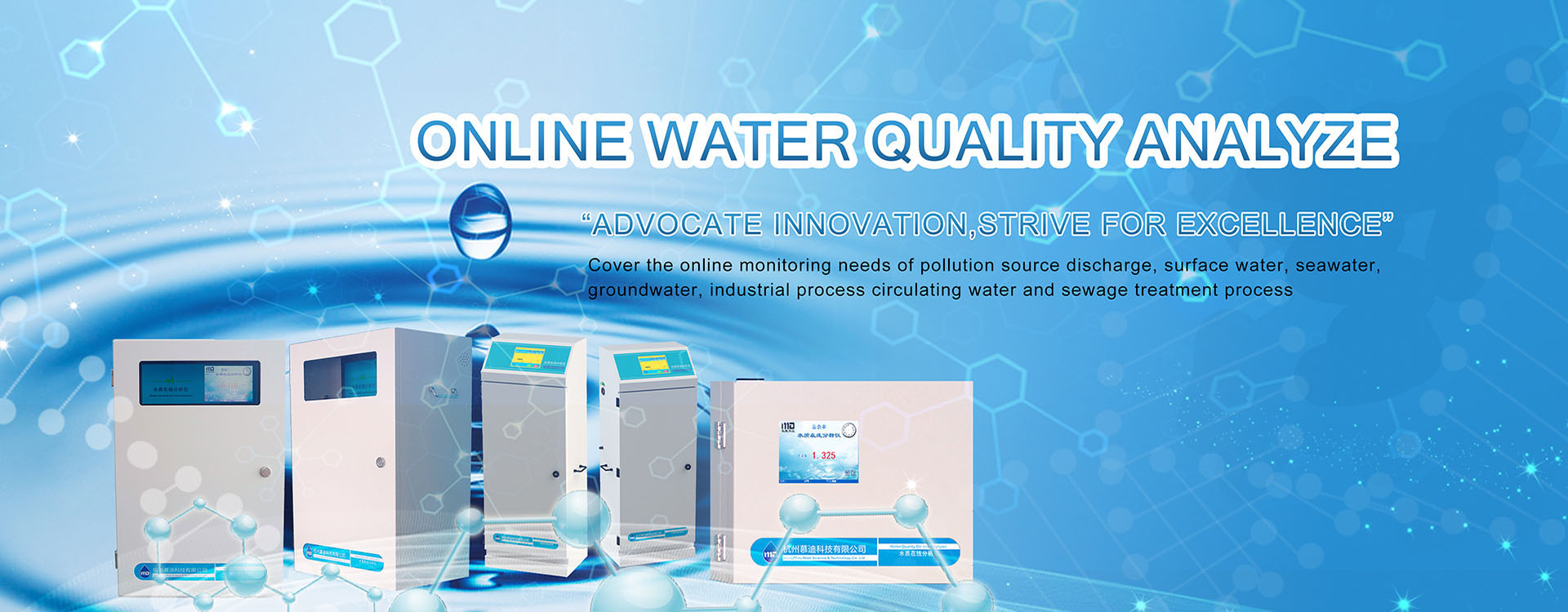Antimony, metallic element, elemental symbol Sb, atomic number 51, silvery-white glossy hard and brittle metal (often made of rods, blocks, powder, etc.). It has a scaly crystal structure. It gradually loses its luster in humid air and burns into white antimony oxides in strong heat. Soluble in aqua regia, soluble in concentrated sulfuric acid. It is mainly found in nature in the sulfide mineral stibnite (Sb2S3).
What is the Pollution of Antimony to Water? Understand As Follows
The erosion of antimony-containing rocks by running water, the discharge of industrial wastewater, and the deposition of atmospheric antimony dust with rainfall, snow, or natural precipitation are likely to cause an increase in antimony content in water, which exceeds the health target range.
The toxic concentration of antimony into water begins at 3.5㎎/L for algae and 12㎎/L for fish. In fact, the toxicity of antimony is similar to that of arsenic. The toxicity of antimony and its compounds depends on their form, and the toxicity of different antimony compounds varies greatly. In general, the toxicity of elemental antimony is greater than that of inorganic antimony salts, the toxicity of trivalent antimony is greater than that of pentavalent antimony, the toxicity of inorganic antimony is greater than that of organic antimony compounds, the toxicity of water-soluble compounds is stronger than that of insoluble compounds, and the toxicity of antimony dust is stronger than that of other antimony compounds. If the antimony exceeded the water source can not be directly drunk, its harm to the human body can not be ignored! Generally speaking, the average amount of antimony in the adult body is 5.8㎎, most of which are from the glaze used in drinking water and tableware, because the antimony in the glaze can be dissolved by the acid in the food and enter the human body. The antimony that enters the body is widely distributed and redistributed to various tissues. Antimony is not easy to accumulate in the human body, and most of the antimony entering the human body will be discharged from the urine.
Speaking of which, one might ask, since antimony is mostly excreted in the urine, what is there to worry about? This is wrong to take for granted! We know that many things in life are good in the right amount, too high or too low are bad, will bring bad effects.
Antimony Poisoning Can Be Divided Into the Following Two Categories
· Acute poisoning: Antimony can cause acute antimony poisoning through a variety of ways such as drinking water. Acute antimony poisoning can cause damage to skin mucosa, heart, liver, lung, nervous system and other tissues and organs, which is clinically manifested as vomiting, abdominal pain and diarrhea, hematuria, hepatomegaly, spasm and arrhythmia.
· Chronic poisoning: After 90 days of chronic exposure to the trivially soluble antimony salt – potassium antimony tartrate added to drinking water, antimony can cause minor chemical and hematological changes in mice, while causing corresponding structural changes in thyroid, liver, thymus, spleen and pituitary tissues. When the concentration of antimony reaches 5mg/L, the blood sugar of female mice can decrease significantly.
What is the Standard for Antimony Content in Water Bodies? How Do You Know if It’s Over the Limit?
The concentration of antimony in China’s surface water shall not exceed 0.005㎎/L. The water quality can be monitored online by the instrument, so as to understand the content of antimony in the water.
The T8000-Sb on-line antimony in Water analyzer produced by Modi-Tech is a fully automatic on-line analyzer controlled by an embedded system, which can be applied to a variety of water quality such as river water, surface water and industrial wastewater. It’s photoelectric colorimetry. After the sample is filtered, it is pumped into the reactor, first of all, the masking agent is injected to eliminate the interfering substances, then the pH value of the solution is adjusted to make the solution have a suitable pH, and then the characteristic color developer is added to react with antimony in water for color development, and the absorbance of the reactants is measured. The concentration of antimony in the sample is calculated by the absorbance value and the correction factor stored in the monitor.




